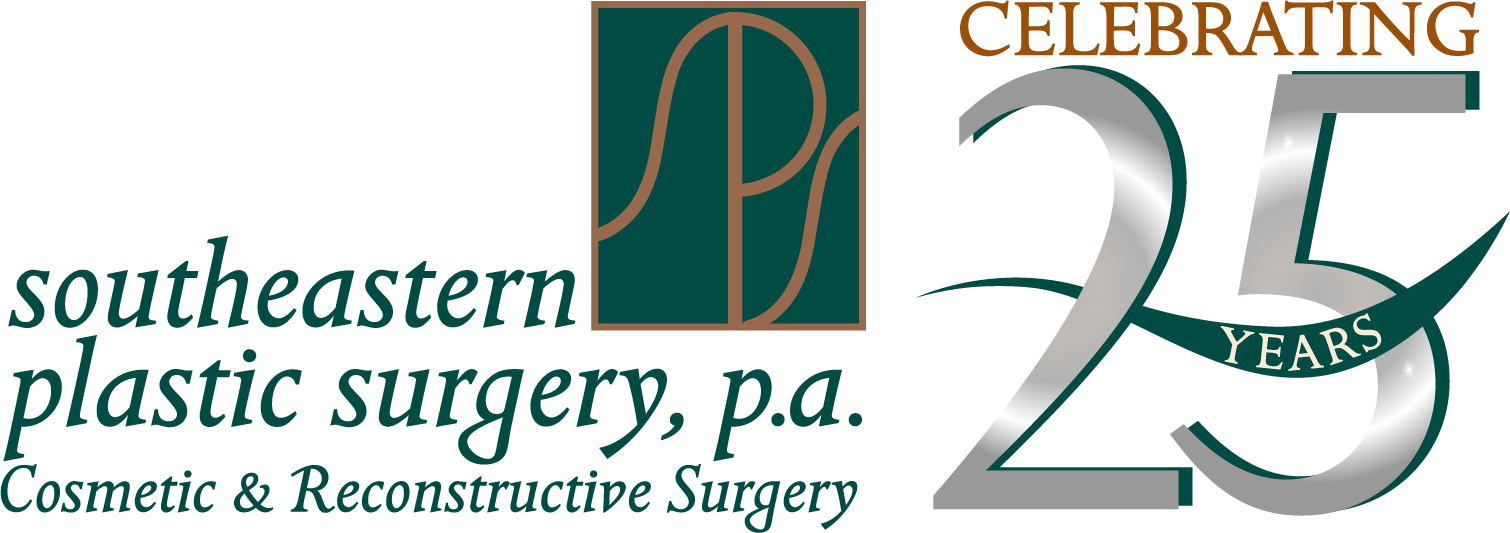Breast augmentation is a common cosmetic surgery procedure that involves the insertion of implants to enhance the size and shape of the breasts. It’s fun to think about all the things you will be able to do after your breast augmentation: wear a swimsuit more confidently, shop for new lingerie, wear clothing that you didn’t feel confident wearing before, and so much more.
But in the near term, you’ll want to learn about the things you should avoid after your breast augmentation. In this blog post, we will discuss some of the things that you should NOT do when recovering from breast augmentation. While recovery varies from patient to patient, these recommendations apply to all breast augmentation patients to ensure a safe and successful recovery.
Do Not Lift Heavy Objects
After breast augmentation, you should avoid lifting heavy objects for at least 2 weeks. Lifting weights or heavy objects (like children) can strain your chest muscles and cause complications such as bleeding, bruising, or even implant displacement. It is best to ask someone else for help with lifting heavy objects until you fully recover.
Do Not Engage in Strenuous Activities
Engaging in strenuous activities such as running, jumping, or aerobics should be avoided for at least 4 to 6 weeks after breast augmentation surgery. Strenuous activities can lead to an increase in heart rate, blood pressure, and chest movement, which can delay the healing process and increase the risk of complications.
Do Not Smoke or Use Nicotine
Smoking and using other nicotine products can significantly impair the healing process and increase the risk of complications after breast augmentation surgery. Nicotine restricts blood flow, which can affect the delivery of nutrients and oxygen to the surgical site, increasing the risk of infection, delayed healing, and scarring. It is best to quit smoking before the surgery and avoid smoking for at least 2 to 3 weeks after surgery. Learn more about how nicotine negatively impacts plastic surgery outcomes from the American Society of Plastic Surgeons.
Do Not Sleep on Your Stomach
Sleeping on your stomach can cause several problems after breast augmentation. It puts pressure on the incisions, which could lead to poor scarring, and it can also lead to implant displacement. You are encouraged to sleep in a recliner or use pillows to sleep in a semi-reclined position while you heal. Some patients find it helpful to get used to this in the weeks leading up to surgery.
Do Not Neglect Proper Wound Care
Proper wound care is crucial in preventing infections and promoting healing after breast augmentation surgery. Neglecting proper wound care can lead to complications such as infections and scarring. It is essential to keep the surgical site clean and dry, avoid touching the incision site, and follow the post-operative instructions given by your surgeon.
Do Not Expose Your Incisions to Water
It is important to keep your incisions dry and clean during the recovery period. Your surgeon will let you know when it is safe to shower, but you should avoid immersing your incisions until you are fully healed to reduce the risk of infection. This includes avoiding baths, swimming pools, hot tubs, and any other sources of water that could come into contact with your incisions. Your surgeon will provide you with specific instructions regarding when it is safe to resume these activities.
Do Not Skip Follow-Up Appointments
Follow-up appointments are crucial to ensure that your recovery is progressing well and to address any complications that may arise. Skipping follow-up appointments can lead to undetected complications, delayed healing, and increased risk of implant displacement. It is essential to attend all scheduled follow-up appointments with your surgeon.
Do Not Wear Underwire Bras or Swimsuits
For many women, shopping for new bras is one of the most exciting perks of breast augmentation. But after breast augmentation surgery, you should avoid wearing underwire bras or underwire swimsuit tops for at least 4 to 6 weeks. Underwires can put pressure on the surgical site, leading to swelling, pain, and even implant displacement. It is best to wear loose, comfortable clothing and soft, supportive sports bras that are not too tight.
Do Not Ignore Any Signs of Complications
It is important to closely monitor your recovery and report any signs of complications to your surgeon immediately. These can include fever, redness, swelling, or discharge from the incision site. If you experience any of these symptoms, contact your surgeon right away to receive the appropriate treatment.
Breast augmentation is a cosmetic surgery procedure that requires proper post-operative care to ensure a safe and successful recovery. By following these guidelines and your surgeon’s post-operative instructions, you can reduce the risk of complications and enjoy the desired results of breast augmentation.
If you would like to learn more about breast augmentation or any other plastic surgery procedure, request a consultation with one of our surgeons, or call (850) 219-2000 to schedule an appointment.
If you’d like to see the quality of results our board-certified surgeons create for our breast augmentation patients, visit our breast augmentation before-and-after photo gallery.



Leave a Reply